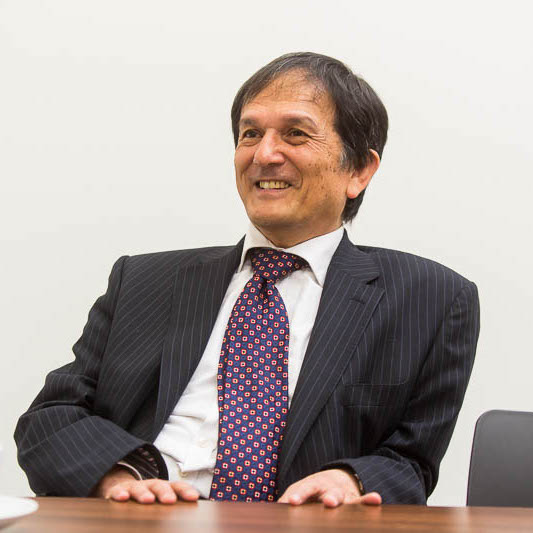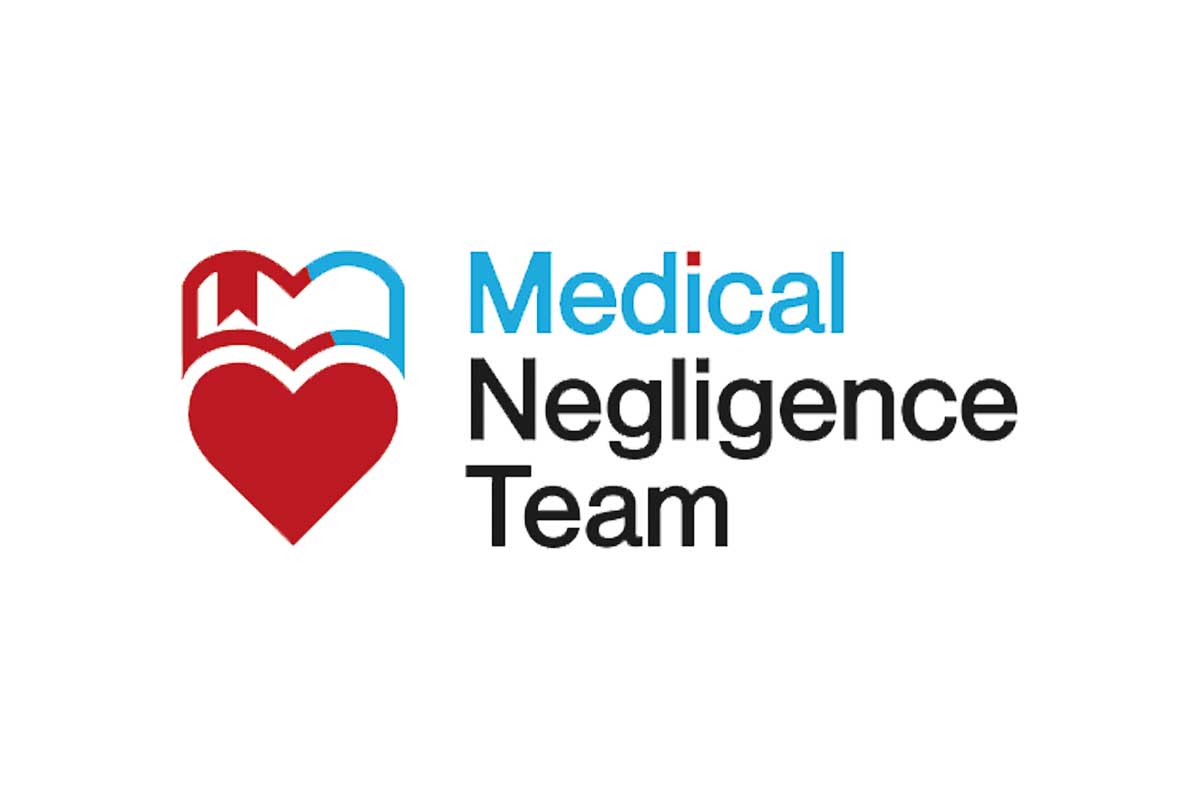These cases concerned the recovery of damages by relatives from witnessing the death or injury of a patient arising out of clinical negligence.
The recovery of damages by one person (secondary victim) from witnessing a wrongful injury to another (primary victim) is established in common law; it arose from negligence involving a violent accident. It is an exception to the general rule that a person does not have an interest in the well-being of another person. The law has developed an exception. This is the so-called “nervous shock” claim resulting in psychiatric injury.
In clinical negligence litigation it is not uncommon for there to be a primary claim involving wrongful harm to the patient and a secondary claim on the part of relatives.
The critical question was whether a doctor, in providing medical services to a patient, not only owes a duty to the patient to take care to protect the patient from harm but also owes a duty to close members of the patient’s family to take care to protect them against the risk of injury that they might suffer from witnessing the death or injury of their relative caused by the doctor’s negligence.
A critical question was whether the rules developed in relation to accidents apply where, as a result of negligence of a doctor, a person dies or manifests injury from an illness which proper treatment would have prevented.
In clinical negligence cases, the event (or its aftermath) witnessed by the secondary victim is generally not an accident; it is the suffering or death of their relative from illness. The question was whether witnessing a negligently caused medical mishap (or its aftermath) can in principle found a claim for damages by a secondary victim or whether such a claim can lie only where the triggering event was an accident in the usual sense.
The court did not consider that an analogy could reasonably be drawn between the situation where illness is caused by witnessing an accident (or its immediate aftermath) involving a victim with whom the claimant has a close tie of love and affection and situations where the claimant does not witness an accident but suffers illness as a result of witnessing such a person suffering a medical mishap.
A doctor who treated a patient did not enter into a doctor-patient relationship with any member of the patient’s family and thereby assumes responsibility for their health.
A fundamental question concerned the nature of the doctor’s role. The court was not able to accept that the responsibilities of a medical practitioner extend to protecting members of the patient’s close family from exposure to the traumatic experience of witnessing the death or manifestation of disease or injury in their relative. To impose such a responsibility on hospitals and doctors would go beyond what was reasonably regarded as the nature and scope of their role.
The persons whom doctors ought reasonably to have in contemplation when directing their minds to the care of a patient do not include members of the patient’s close family who might be psychologically affected by witnessing the effects of a disease which the doctor ought to have diagnosed and treated. Hence there does not exist the proximity in the relationship between the parties necessary to give rise to a duty of care.
Commentary
The common law principles concerning compensation for secondary victims for nervous shock arising from the witness of a violent negligent accident involving a loved primary victim are well established. This area of liability has developed to involve clinical negligence. The witness of death or injury of a relative due to a therapeutic act or omission may be shocking – but can it be likened to witnessing a violent accident? Disease and death are part of life itself – they are not accidents but part of nature. Moreover, healthcare workers confront death and disease all the time – it is the norm of their occupation.
The Supreme Court decision is to be welcomed for its clarity and robustness – the previous law applied to clinical negligence was uncertain, unclear, and unprincipled: some decisions seemed inexplicable. The law now provides certainty and accords with common sense.


